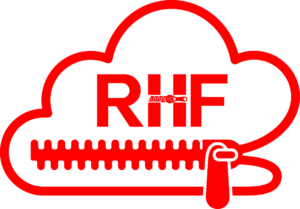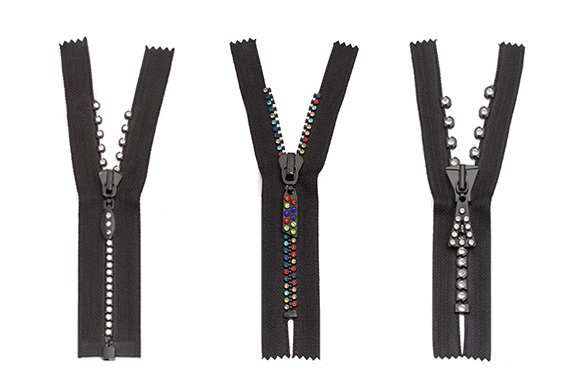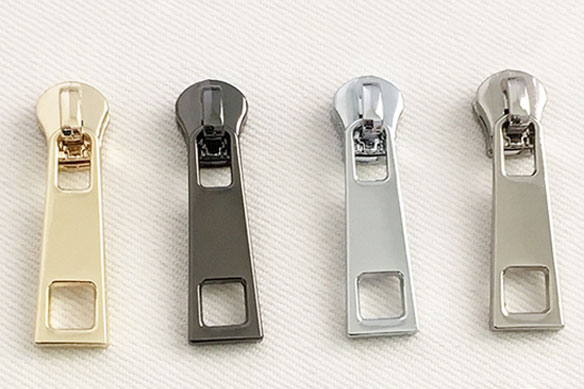Introduction
The trade dynamics for American clothing and bag brands have changed dramatically in recent years. With the United States extending Trump-era tariff policies into 2025, imports of Chinese-made apparel and bags now face tariffs as high as 245%. This has forced brands to rethink their global sourcing strategies—not just to protect profit margins, but also to ensure supply chain resilience.
While Southeast Asia, especially Vietnam, has emerged as a go-to hub for production, China still holds a critical position—particularly when it comes to high-quality components like zippers, hardware, and labels. In this article, we explore how a blended approach—**producing in tariff-friendly countries and sourcing essential components from China—**is becoming the new norm.
1. Understanding the Tariff Landscape
The continuation of Trump-era policies means Chinese-made bags, clothing, and other consumer goods are facing unprecedented import duties. As of 2025:
- Tariffs on Chinese apparel and bags can reach up to 245%.
- The “de minimis” rule—which previously allowed tariff-free entry for shipments under $800—has been canceled.
- These changes have hit manufacturers hard. For instance, Shein’s suppliers in Guangzhou have seen a 50% drop in orders, according to Reuters.
For American brands, the direct implication is rising landed costs, squeezed margins, and reduced flexibility in bulk and small-batch procurement alike.
2. Vietnam’s Rising Role in Global Manufacturing
Vietnam has quickly become a favored alternative for OEM production of clothing and bags. This shift is not just about avoiding tariffs—it’s about tapping into a maturing industrial ecosystem that offers real advantages:
Why Vietnam is Attractive:
- Tariff Advantage: Most apparel products from Vietnam face only 10%–32% tariffs, far lower than China’s 245%.
- Trade Agreements: Vietnam is part of the CPTPP and EVFTA, giving it preferential access to multiple key global markets.
- Labor & Infrastructure: A young, large labor force and continued investment in logistics hubs make it competitive for long-term sourcing.
Here’s how Vietnam stacks up compared to China in 2025:
📊 Table: Tariff Comparison – China vs. Vietnam (2025)
| Category | China (2025) | Vietnam (2025) |
|---|---|---|
| Tariff on Apparel & Bags | Up to 245% | 10%–32% |
| Trade Agreements | Limited (Excluded from CPTPP) | CPTPP, EVFTA (Tariff benefits) |
| Labor Cost (avg. per hour) | Higher | Lower |
| Political Risk (US-China tension) | High | Low |
| OEM Factory Availability | Extensive but costly | Growing and cost-efficient |
This has led many major brands, including Nike, Adidas, and Lululemon, to move or expand production lines to Vietnam.
3. Why China Still Matters: Component-Level Sourcing
Even as finished goods production shifts away from China, many American brands are still specifying Chinese-made components—especially for critical parts like zippers, buckles, cords, pullers, and labels. Why? Because China’s upstream supply chain still delivers on three critical fronts:
✔ Quality and Specialization
China remains unmatched in the quality and variety of components. For example, RHF Zipper, located in Dongguan, specializes in custom zippers that meet strict standards—like California Proposition 65 and OEKO-TEX 100—essential for global brands in apparel, luggage, and outdoor gear.
✔ Rapid Customization
Chinese factories like RHF can provide flexible MOQs, quick sampling, and 24-hour CAD design support, which are rarely available in emerging production countries.
✔ Supply Chain Integration
By sourcing components from China and assembling in Vietnam or Cambodia, brands gain cost control while ensuring brand consistency and functionality in product design.
This “China + 1” strategy—where China remains the component base and Southeast Asia handles final production—is quickly becoming the standard in 2025.
4. Key Factors in Choosing the Right Supply Chain Mix
Choosing a sourcing destination isn’t just about tariffs or labor cost. Brands must weigh multiple variables based on their business needs, product complexity, and market priorities.
📊 Table: Sourcing Decision Matrix for Apparel & Bag Brands
| Factor | China | Vietnam | India / Others |
|---|---|---|---|
| Tariff to US (2025) | High (up to 245%) | Low (10–32%) | Medium (~20–30%) |
| Component Specialization | Strong (zippers, trims) | Limited | Improving |
| Labor Cost | Medium–High | Low | Low |
| Customization Speed | Fast | Moderate | Slower |
| Certifications & Compliance | Mature (ISO, OEKO-TEX) | Improving | Varies |
| Suitable for OEM Production | Yes (high-end, tech) | Yes (mass-market) | Yes (but less stable) |
This matrix shows that a hybrid approach is often the most strategic—using Southeast Asia for cost-effective manufacturing and China for key, quality-critical inputs like zippers.
5. Final Thoughts
The Trump-era tariff environment is no longer a short-term shock—it’s become a long-term reality that apparel and bag brands must adapt to. In this new landscape:
- Vietnam and other Southeast Asian countries are emerging as strong OEM hubs, with lower tariffs and expanding capabilities.
- China remains the most reliable supplier for essential components, especially zippers, due to its advanced manufacturing, customization flexibility, and certification standards.
- A balanced sourcing strategy—Vietnam for assembly, China for components—offers both cost efficiency and product quality, helping brands remain competitive without sacrificing performance or brand integrity.
For brands looking to future-proof their supply chains, the key lies not in abandoning China, but in redefining its role in a smarter, more segmented sourcing network.





